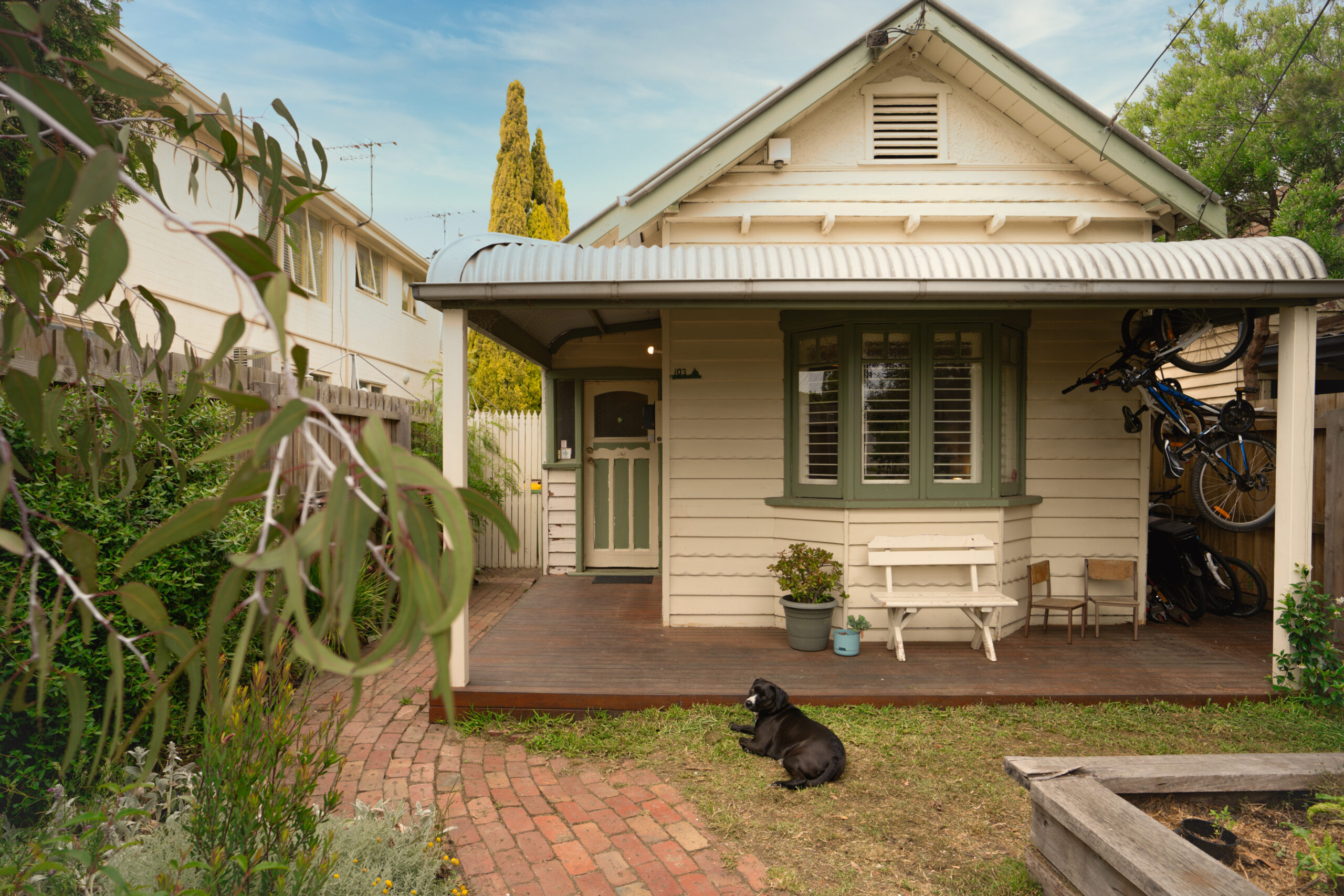A home is one of the biggest investments you’ll make in your life. So if you’re planning on leasing your property, it’s important to make sure that your home is safe and sound. From maintenance to gardening, here are the top 8 things you should keep in mind when preparing to lease out your investment property.
1. Look into local amenities.
Melbourne is a dynamic, world-leading city – and each suburb has its own unique offerings. Consider things that would be attractive to prospective renters and buy homes close to them. Amenities like parks, cafes, public transit and other local services. For most rentals, we recommend properties within a 10-minute walk to these amenities.
2. Consider days on the market.
Have a look at how many days nearby and similar properties have been on the market. This will give you an insight into how long it might take to lease the property. This is something that will be part of HomeGround’s Comparative Market Analysis.
3. Check for water damage and efficiency.
Water damage can be sneaky and costly. Signs of water damage can include water stains that are yellow or brown, which is common to ceilings. A pro tip is to check the skirting boards inside built-in wardrobes, particularly if they back onto a bathroom. These are common areas for hidden signs of mould or damp. If the property is an apartment, speak with the Owners Corporation to see if the property has a history of leaks from balconies or bathrooms. This can be evidence of a poor build quality.
4. Research average rents.
Using our Comparative Market Analysis, we will help you nail the ideal weekly rent for your property. This will help you meet your financial goals and attract the best renter for your property.
5. Check for structural issues.
Does the floor feel springy when you walk on it? This could be evidence of damage to the home’s foundation and is worth looking into. Windows and doors that stick may mean frames are no longer in square. But it could also mean the home has issues with foundation sinking in one part of the property. For timber or part timber properties, be on the lookout for any signs of termite damage or wood rot.
6. Evaluate the exterior.
How the property presents to the outside world is important. It’s also important to assess how much upkeep will be required. Is there a complex garden that will need regular landscaping maintenance? Is there an inviting outdoor space for renters to enjoy that is also simple to maintain? Do the gutters need replacing? Are there pools or spas that need ongoing maintenance and compliance?
7. Check for fire hazards.
This is a big one. The Residential Tenancies Act was extensively updated to try to mitigate the risk of fire. This means you need to have your smoke alarms, gas appliances and all electrical fittings checked often. But there are more questions to ask. Is there any debris hindering fireplaces? Were the chimneys swept recently? Or is this something you need to factor in as future maintenance?
8. Check for asbestos.
Asbestos was a common building material for many homes built before 1990. We always recommend to have your property checked to see if asbestos was used. Depending on the type of asbestos used, you will need to take different precautions. In some circumstances, you will need a professional service to remove and destroy the asbestos.
HomeGround can help you with all these steps. If you have any further questions, don’t hesitate to contact us today.





